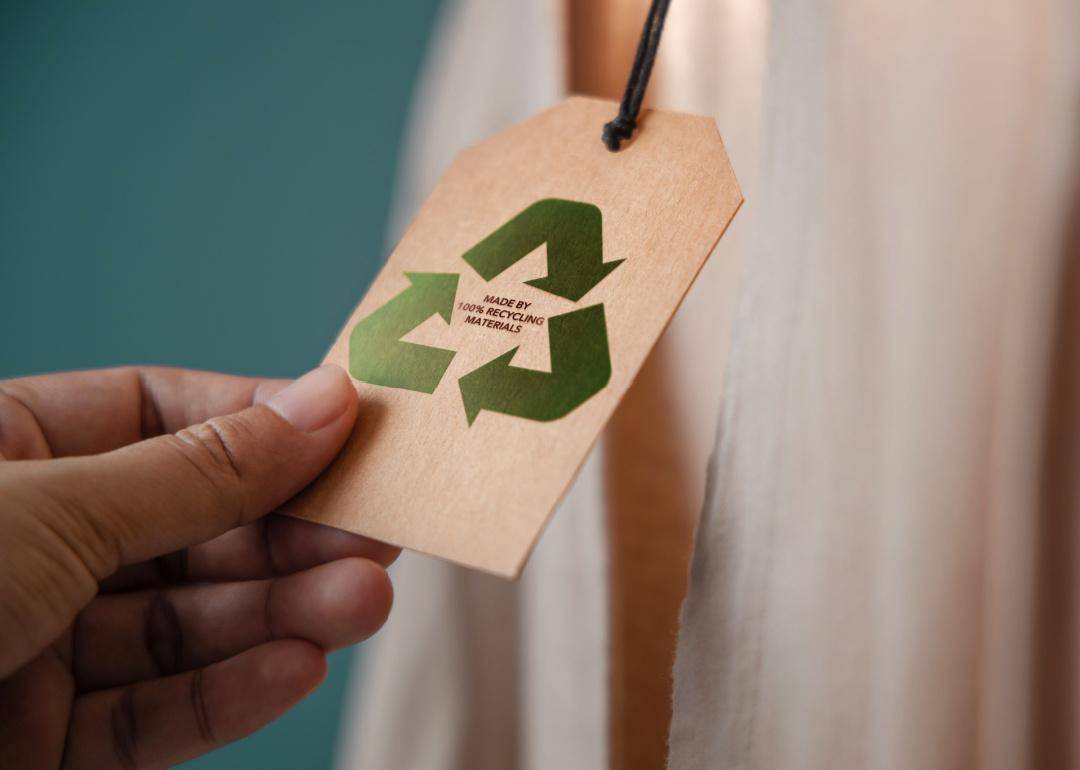
The COVID-19 pandemic changed our shopping habits, shifting the ways consumers interact and engage with brands. Apparel, personal care products, and books saw the most dramatic fluctuations in spending among American consumers. As the pandemic recedes, many of these trends are here to stay, and companies are grappling with how best to upgrade and optimize their customer experiences.
To better understand changing customer behavior, Ruby compiled a list of seven customer trends gaining traction as businesses emerge from the pandemic to better understand changing customer behavior. Customer trends were compiled from various sources, including Forbes, Salesforce’s State of the Connected Customer report, and Deloitte.
Shopping is now a digital-first experience for many, rather than a brick-and-mortar experience, according to a Salesforce report surveying consumers and business buyers. The report found that features such as shopping online, contactless payments, and reaching customers through social media, including influencers, are now standard pillars of building customer experiences.
Additionally, it is no longer enough for a brand to offer a quality, affordable product or service. Customers are more invested than ever in a company’s ethics and ability to interact with those values transparently and authentically.
Though many of these changes may be overwhelming to consumers—and to companies—used to traditional methods of commerce, the good news is that they are also a lucrative opportunity. These shifts in consumer trends allow brands to be more effective than ever in their advertising, sales, and communications.

People are looking for experiences—not just purchases.

Consumers seek a unified, or "omnichannel," experience.

The main reasons people switch brands are better deals and quality of product or service.

Environmental practices are gaining influence.
More and more consumers are looking beyond the quality and price of products offered to also consider their personal compatibility with the brand, especially when it comes to matching environmental values. Sixty-eight percent of respondents want to make sure their money is going to a company that works to solve societal issues, and 78% of purchasing decisions are influenced specifically by a company’s environmental ethics, according to the Salesforce survey. The top reported consumer environmental concerns are how a company handles recycling, single-use plastics, and carbon emissions.

Hyper-personalization is essential.

AI offers an essential bridge between brands and buyers.

Buyers want to feel like there's a human they can reach with questions.
When customers encounter hiccups while engaging with a brand, it’s crucial that they have an easily accessible outlet for questions—preferably one that offers human interaction. These can include live chat functions, customer service phone lines, and emails. Chatting with representatives via “conversational commerce” channels allows for natural, authentic dialogue that builds consumer trust in a brand. Additionally, it is beneficial to a company to interact with customers while resolving negative experiences and highlighting wins and developments.



